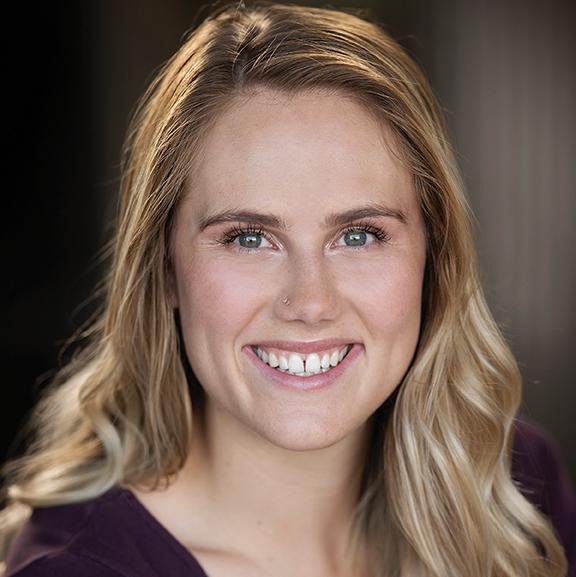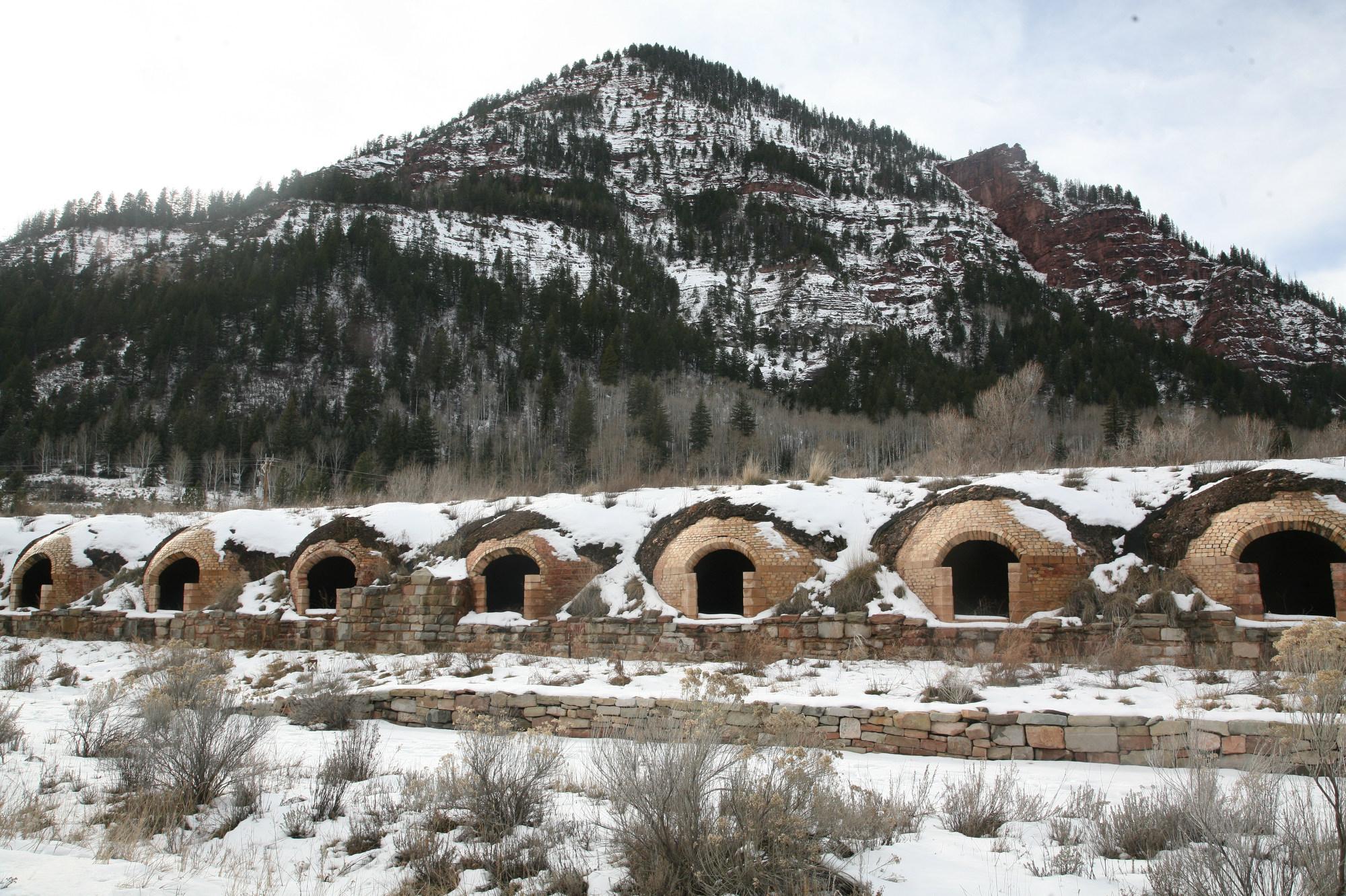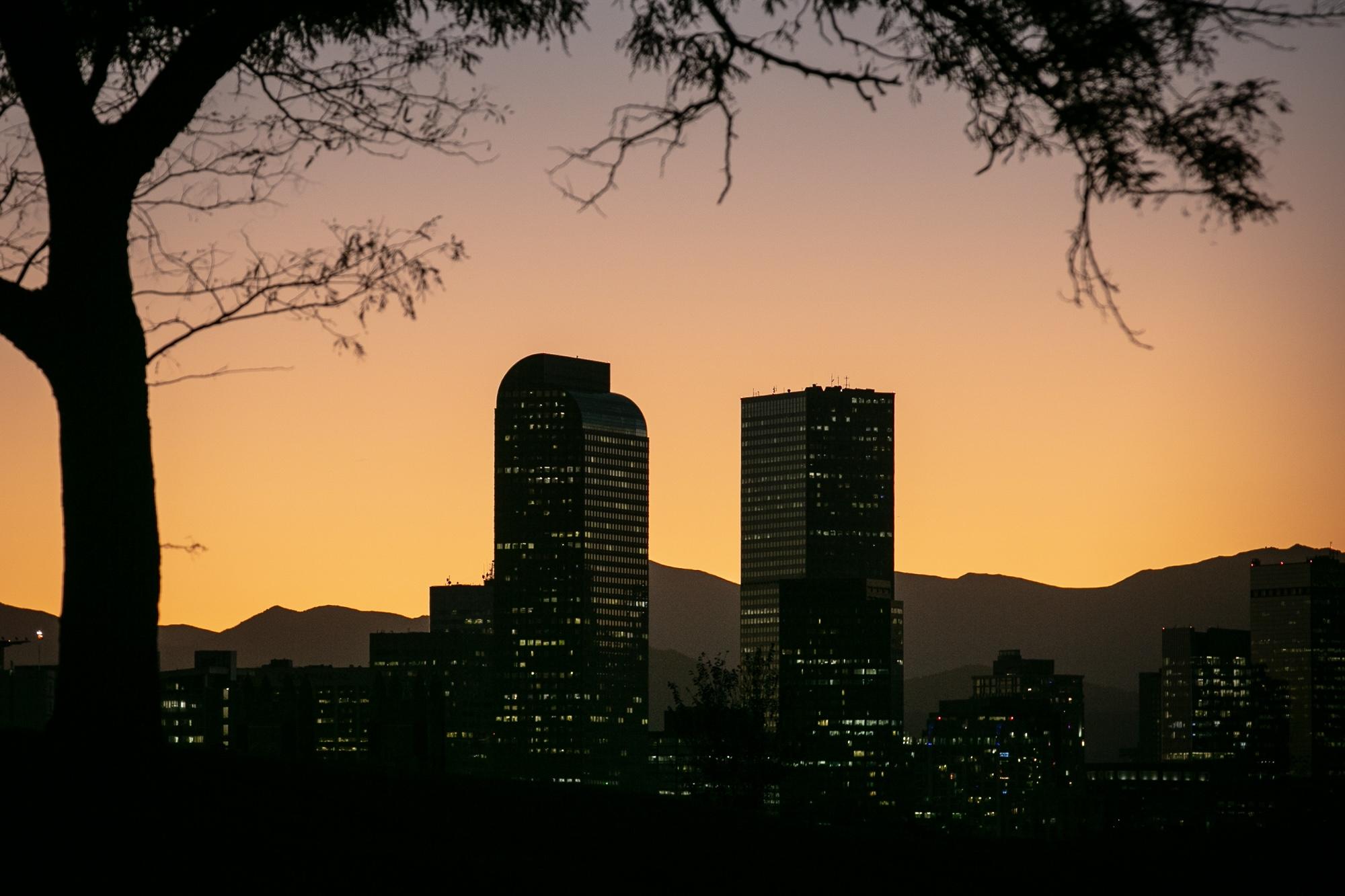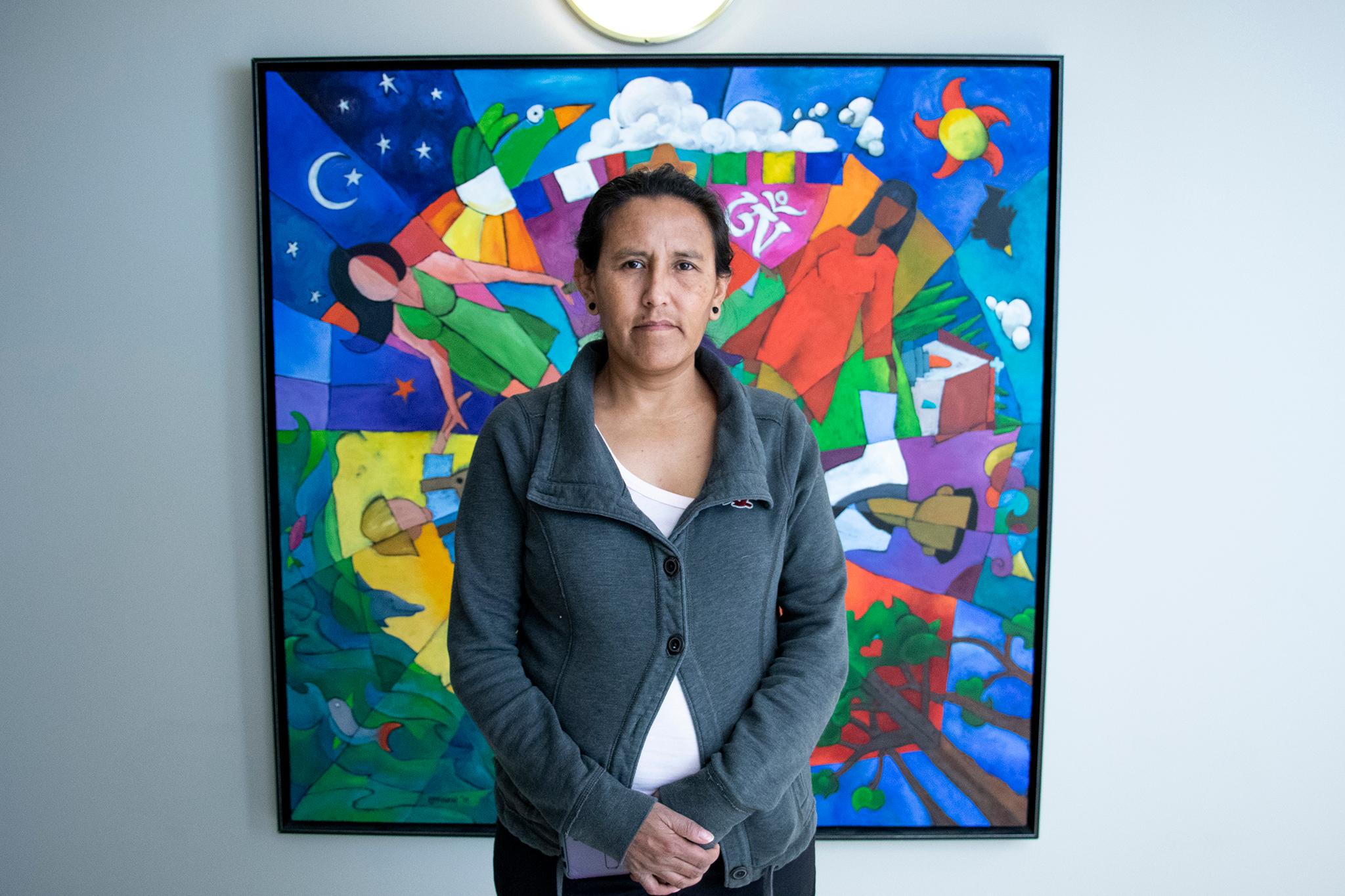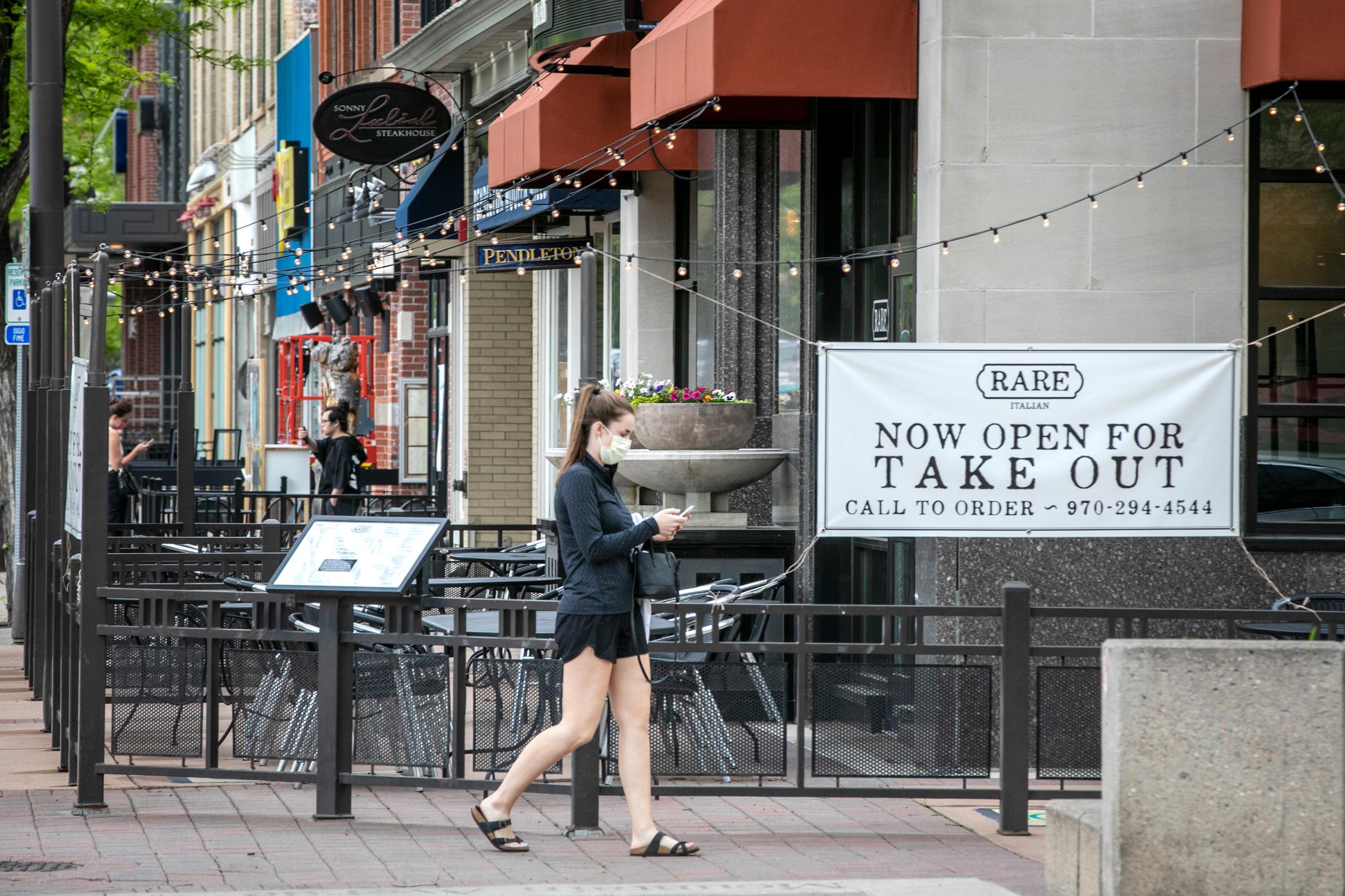
Before the first COVID-19 vaccine became available, Americans radically changed their behavior to avoid getting the virus by social distancing and wearing masks. New research from CU Boulder says that change, along with vaccines, saved more than 800,000 lives.
The cost — and the payoff — of social distancing
Social distancing allowed 68 percent of Americans to get vaccinated before they contracted the virus, which meant they had much better survival rates than people who contracted the virus before getting vaccinated. Without the behavioral changes, the paper’s authors estimate there would have been 60,000 more deaths each day during the peak of the pandemic.
Before the pandemic and in its early stages, epidemiologists and other health officials didn’t anticipate that Americans could sustain behavioral changes for as long as they did. They also didn’t know the impact those changes would have both on the number of lives saved and the economic and social costs of social distancing.
“We had never really seen the type of behavioral changes that we saw during the COVID pandemic before,” said Stephen Kissler, co-author of the paper and an assistant professor of computer science at CU Boulder. “I honestly, at the time, did not think that it was highly likely to be possible to sustain that type of behavioral change for as long as we did.”
Looking back, Kissler said he is surprised Americans collectively changed their behavior as much and for as long as they did. But, he also said he fears that without a more robust national data collection system to predict, tract and respond to future pandemics, this type of behavior change won’t happen again in the future.

“I think that had we been able to learn more about the virus more quickly, we might've been able to open schools a little bit more rapidly,” Kissler said. “We might've even been able to open them in ways that were also safer by using tests more widely, by doing all the sorts of things that we've talked about over the last couple of years that we made efforts to do, but maybe didn't accomplish to the extent that we would've wanted to.”
Kissler, a mathematical epidemiologist, teamed up with Andrew Atkeson, a professor of economics at UCLA to write the paper. Together, they gathered national data from blood samples and did what Kissler called “back-of-the-envelope” calculations initially to estimate how many people had been vaccinated or infected at various points between February 2020 and February 2024. They also looked at mortality data from the Centers for Disease Control and Prevention.
After those initial simple calculations, the team turned to computer models to calculate how many people would have died if behavior hadn’t changed or if the vaccines were never developed.
“Ultimately, what we were doing in this paper was comparing the different scenarios that emerged from these equations that we were using. And one of the happy things is that the base results that we found between the back-of-the-envelope calculations and the modeling, the more complex mathematical equations, agreed pretty well with each other,” Kissler said.

Social distancing and vaccinations worked together in a way that neither could have done alone
“Without vaccines, behavior alone would have postponed infections, but in the end, nearly everyone would have been infected and subject to a high infection fatality rate from that first infection,” they wrote. “Without a behavioral response, vaccines would have come too late to save lives.”
The authors also found that 273,000 deaths could have been avoided as the pandemic wore on in the second half of 2021; Americans were not getting vaccinated as quickly or as much against the Delta or Omicron variants, and many died after contracting the virus.
Moving forward, Kissler and his co-author agree that a reckoning in public health is needed to better anticipate and respond to the next pandemic.
“I think that it's easy for us to say — in the same way that we thought about behavior early in the pandemic — that it's impossible to collect the kind of data that we need to do, the amount of surveillance that we might need to really stay on top of a new emerging pathogen the next time it comes,” Kissler said. “It's never been done before, but I think that doesn't necessarily mean that it couldn't be done now.”
